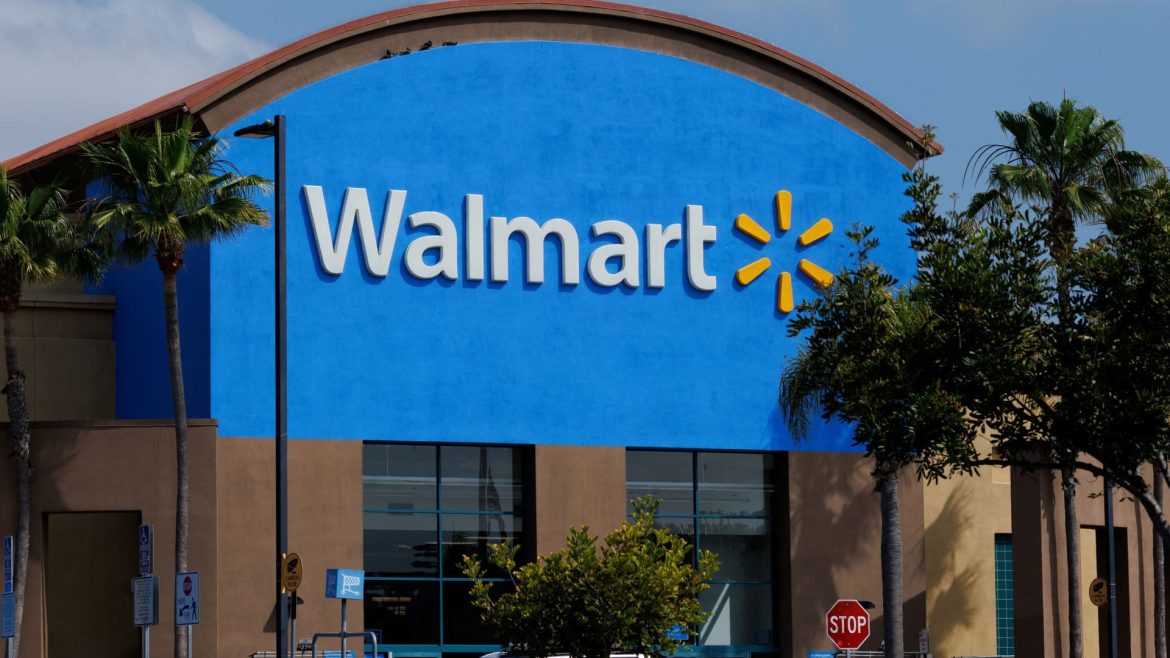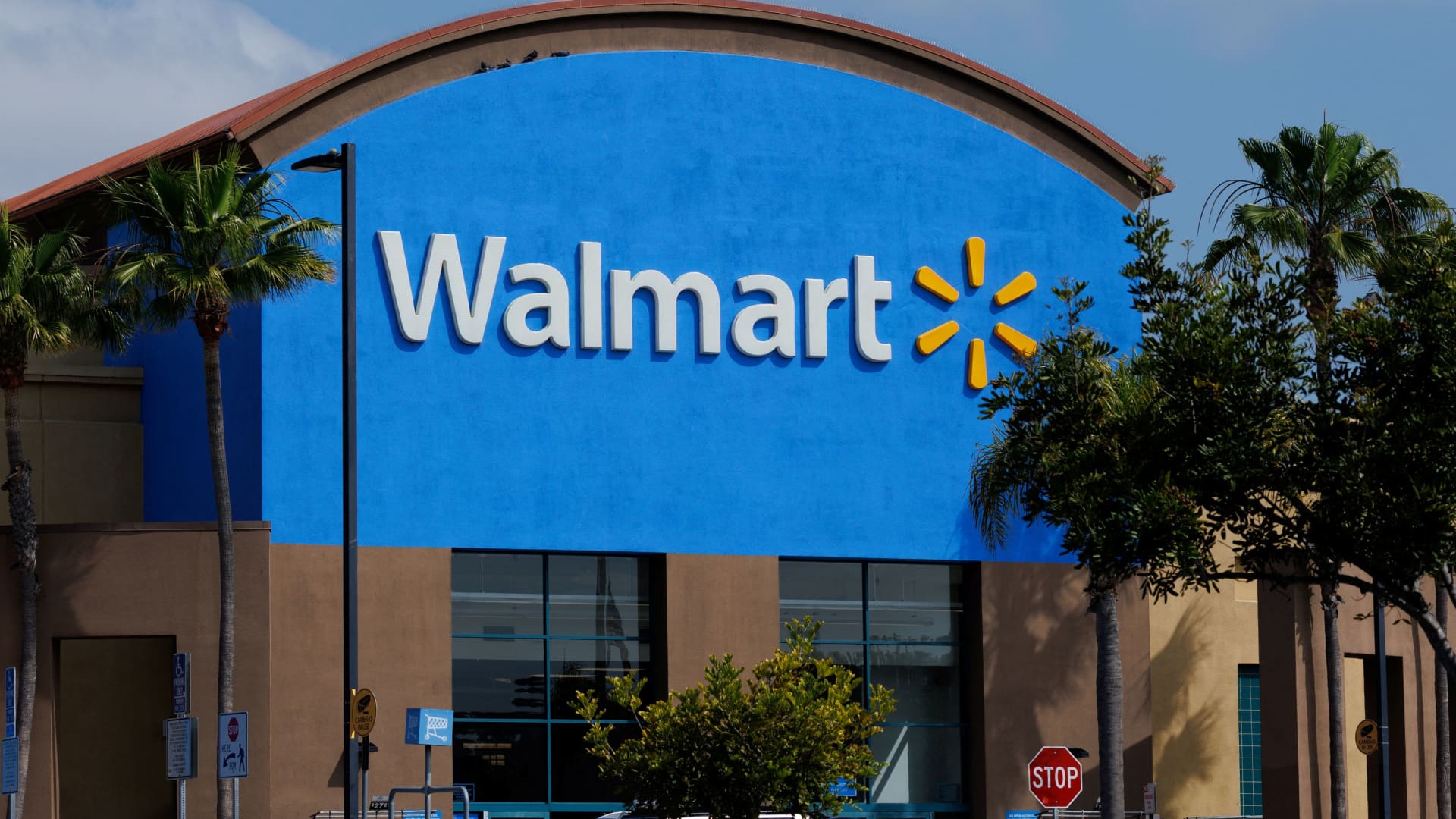Walmart’s Price Hikes Amid Tariff Pressures: Navigating Risk and Retail Reality
In recent days, Walmart has publicly announced it will raise prices on certain products, citing the impact of tariffs imposed under President Donald Trump’s trade policies. This decision signals a significant shift for the world’s largest retailer, known for its aggressive price leadership. It also sets the stage for a highly visible clash with the administration, as President Trump has vocally criticized Walmart for blaming tariffs as a justification for price increases. This analysis explores the multiple dimensions of Walmart’s announcement: the economic pressures prompting it, the political fallout, and what it means for consumers and the retail sector.
—
The Economic Anatomy: Why Walmart Is Raising Prices
Walmart operates on razor-thin margins, relying heavily on volume sales of price-sensitive customers. Despite its massive scale, the company is not immune to cost pressures. The tariffs introduced during President Trump’s trade war, particularly targeting Chinese imports, have driven up the cost of goods sold. Specifically:
– Tariff Impact on Imports: Approximately one-third of Walmart’s products, predominantly non-grocery items, are imported and directly affected by tariffs.
– Margin Squeeze: Rising costs from tariffs compress Walmart’s already thin profit margins, limiting the company’s ability to absorb higher expenses without changing pricing strategies.
– First-Quarter Profit Dip: Walmart’s recent financial results showed a drop in profit margins, underscoring the tangible impact of tariffs on its business.
Faced with these pressures, Walmart executives have indicated that while they remain committed to keeping prices as low as possible, passing some costs to consumers is inevitable to maintain profitability.
—
The Political Clash: Walmart vs. Trump’s Trade Agenda
Publicly announcing price hikes due to tariffs invited swift rebuke from President Trump. The tensions reflect broader challenges in the intersection of trade policy and domestic economic realities:
– Trump’s Social Media Criticism: The president criticized Walmart for “using tariffs as an excuse” to increase prices, urging the retailer to “eat the tariffs” rather than passing costs onto consumers.
– Political Sensitivities: Walmart is a bellwether for U.S. consumer sentiment. Price increases can influence public perceptions of the president’s trade policies and economic stewardship.
– Symbolism: Walmart’s price hikes are emblematic of tariff backlashes that risk fueling inflationary pressures, potentially undermining the administration’s aims of protecting American industries without harming domestic consumers.
—
Consumer Ramifications: What Shoppers Can Expect
For Walmart’s vast customer base, mostly price-conscious shoppers, the announcement signals changes in everyday expenses:
– Incremental Price Increases: Certain products, particularly those with high import exposure, will carry higher price tags in the coming weeks.
– Shoppers’ Sensitivity: Since many Walmart customers are highly price-sensitive, increased costs may influence purchasing behavior, potentially shifting demand or reducing spending volume.
– Broader Retail Impact: As other retailers face similar tariff-induced pressures, industry-wide price increases could become more common, contributing to broader inflation trends.
—
Strategic Considerations for Walmart
Walmart’s decision balances immediate financial realities against long-term customer loyalty and market competition:
– Maintaining Competitive Edge: Despite price hikes, Walmart aims to retain its reputation for low prices relative to competitors.
– Risk of Consumer Backlash: Raising prices risks alienating budget-conscious shoppers, which could depress sales if consumers seek alternatives.
– Communicating Transparency: Walmart’s openness about tariffs’ impact might be a strategic move to manage expectations and justify adjustments in pricing.
—
The Larger Picture: Tariffs, Trade Wars, and Retail Economics
Walmart’s announcement sheds light on the wider economic effects of trade policy:
– Tariffs’ Ripple Effects: Beyond targeted industries, tariffs pressure supply chains and retail pricing structures.
– Trade Policy Dilemmas: Policymakers face the challenge of protecting domestic producers without triggering prohibitively high consumer costs.
– Economic Signals: Retail price increases are real-time indicators of tariff impacts on the broader economy.
—
Conclusion: Walmart’s Price Hikes—A Bellwether of Trade’s True Cost
Walmart’s intention to raise prices amid tariff pressures encapsulates the complex interplay between global trade policies, corporate strategy, and consumer realities. The retailer’s calculated risk to prioritize transparency and financial sustainability over placating political narratives highlights the growing friction inherent in trade wars. For consumers, the changes may translate into practical cost increases, serving as a reminder that tariffs—though designed to protect domestic interests—carry tangible costs felt at checkout counters nationwide. Walmart’s experience is a powerful case study in the real-world consequences of macroeconomic policies on everyday life and the delicate balancing act retailers must perform to navigate these turbulent waters.





